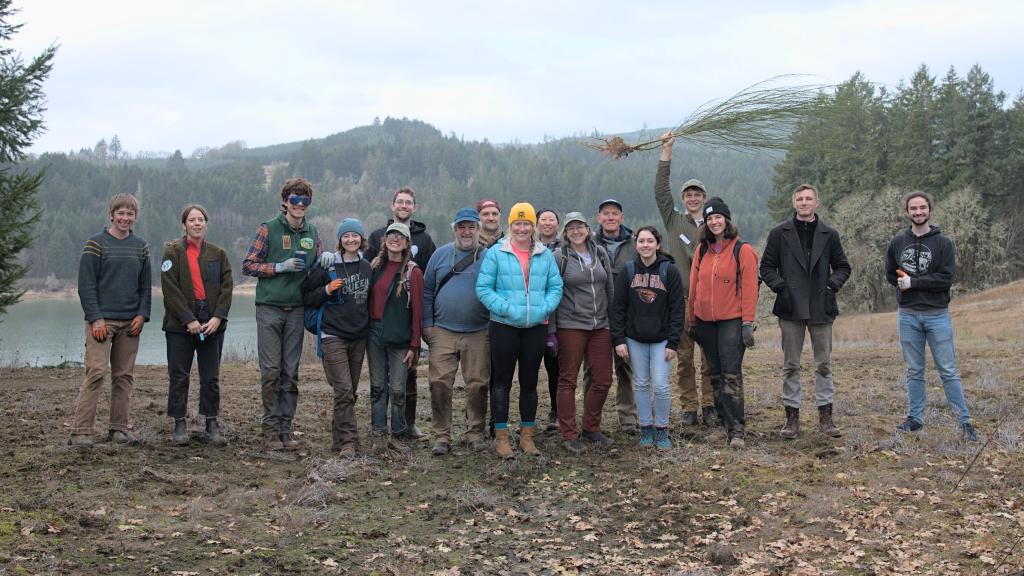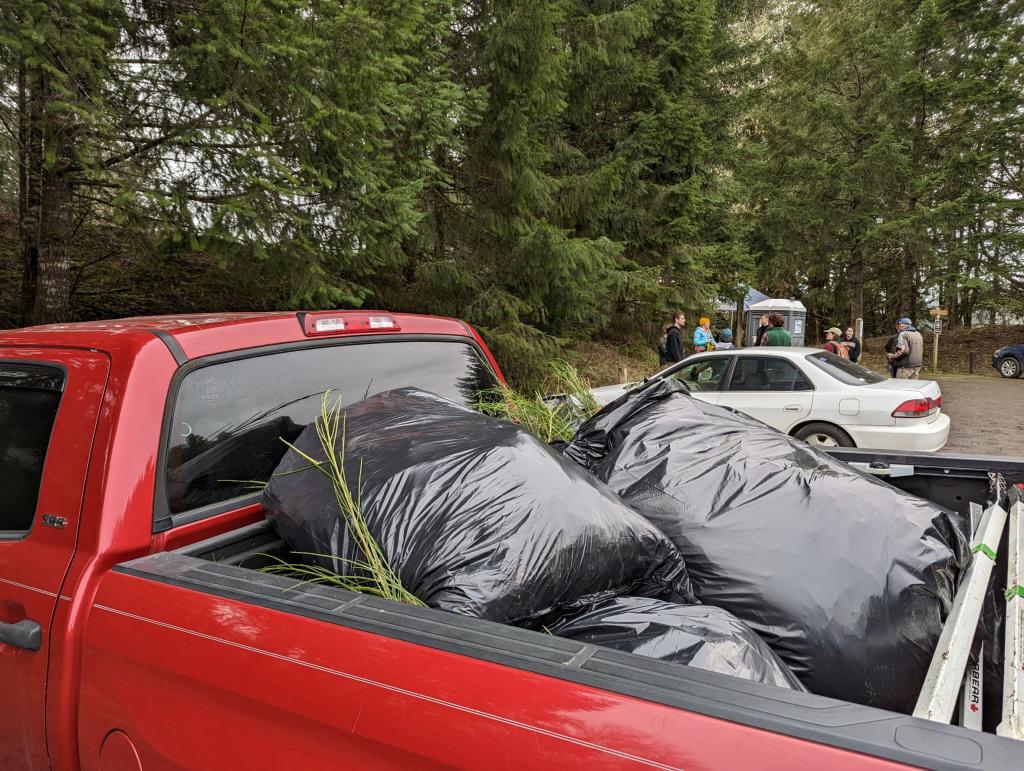Sweeping out Scotch broom for the Fender’s blue butterfly
By Paul Reed, Restoration Ecologist
March 2023
On Sunday, February 19, twenty-two amazing volunteers joined Institute for Applied Ecology staff members Paul Reed, Evan Lasley, Sophie Linden, and Jeni Nugent for a morning of weed pulling at Henry Hagg Lake, just southwest of Forest Grove, Oregon.

Henry Hagg Lake is a reservoir owned by the U.S. Bureau of Reclamation, located in Washington County’s Scoggins Valley Park. The site hosts populations of the federally threatened Kincaid’s lupine (Lupinus oreganus) and Fender’s blue butterfly (Icaricia icarioides fenderi), the latter of which was recently downlisted from ‘endangered’ to ‘threatened’ due to the many habitat restoration projects that the Institute for Applied Ecology and partners have been conducting. Recovery efforts for these two species are intimately linked since the Fender’s blue butterfly relies on the Kincaid’s lupine as its host plant. The butterfly also requires open prairie habitat with an abundance of low-stature nectar plants in order to thrive. The Institute for Applied Ecology has been actively building this habitat at Henry Hagg Lake since 2018.
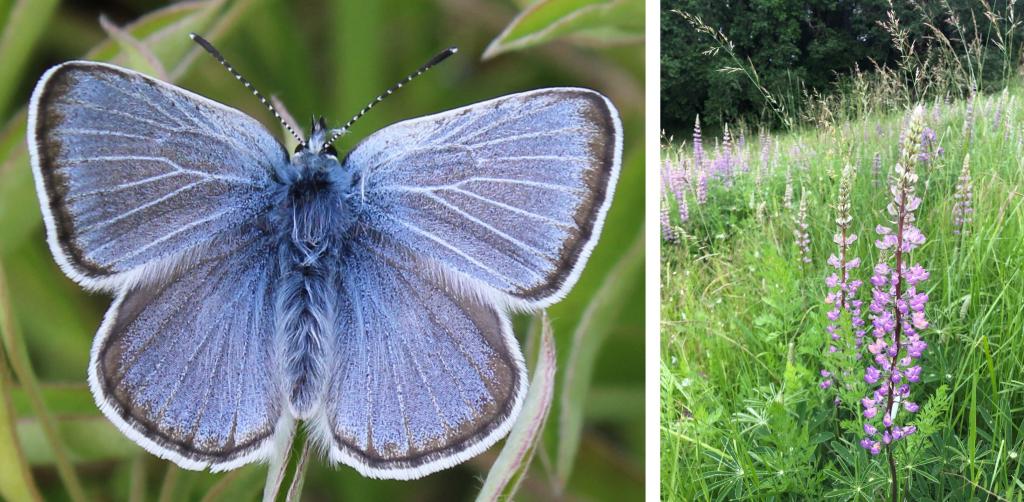
Recently, restoration efforts at this site have focused on increasing the amount of native nectar resources for the Fender’s blue butterfly. Unfortunately, an area under active restoration has been suffering from an invasion of Scotch broom (Cytisus scoparius), an aggressive non-native shrub that can quickly take over a prairie and outcompete native wildflowers if not controlled. To combat this problem, the Institute for Applied Ecology enlisted the help of volunteers to pull and bag the Scotch broom before it could mature and set seed.

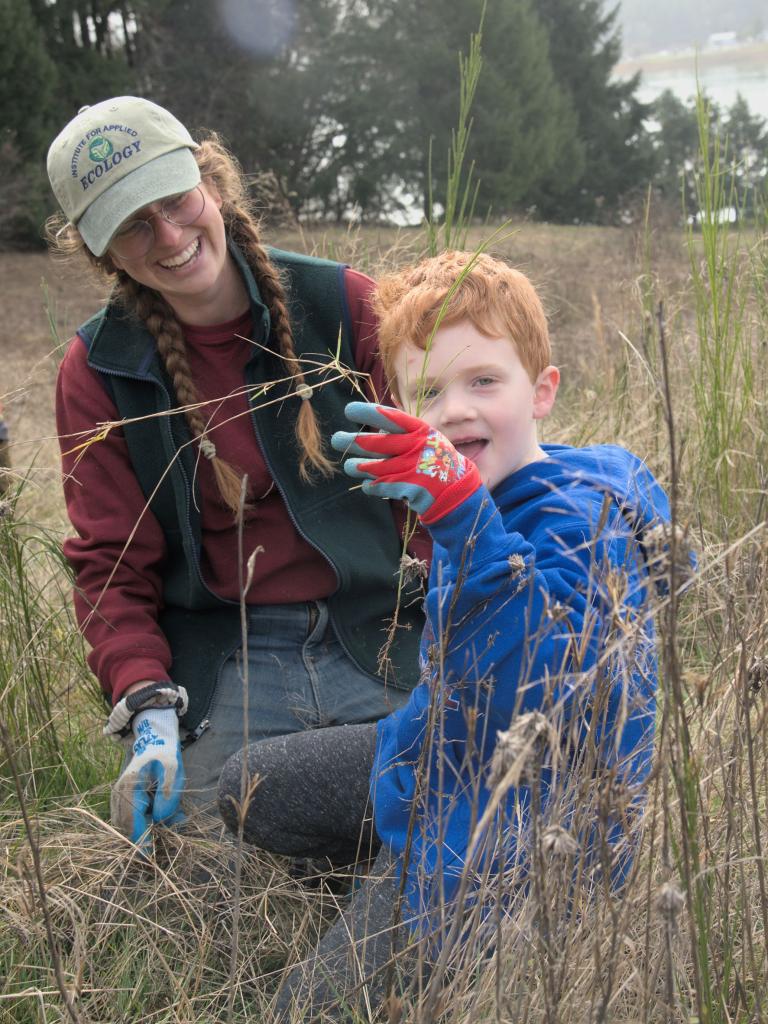
Volunteers (as young as six years old!) came from all over in support of this effort, including Portland, Forest Grove, McMinnville, Lake Oswego, Milwaukie, Beaverton, and Corvallis. After several hours of camaraderie and teamwork, we managed to fill an entire truck bed with plant material and cleared the Scotch broom from this sensitive habitat! These efforts will have a tremendous impact on the establishment of native nectar species, thus providing habitat expansion for the butterfly.
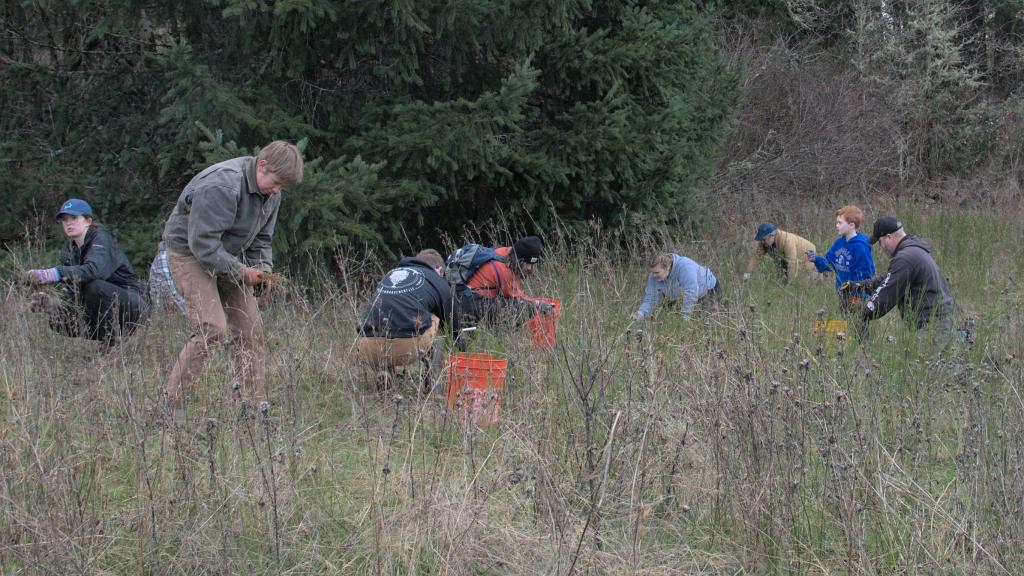

The Institute for Applied Ecology is grateful to all the amazing people who took time out of their weekend to help sweep Scotch broom in support of native species recovery. We would like to thank the U.S. Bureau of Reclamation and the U.S. Fish and Wildlife Service for funding the restoration work and Washington County Parks for helping to advertise the event.
We hope to see you at our next volunteer event!
